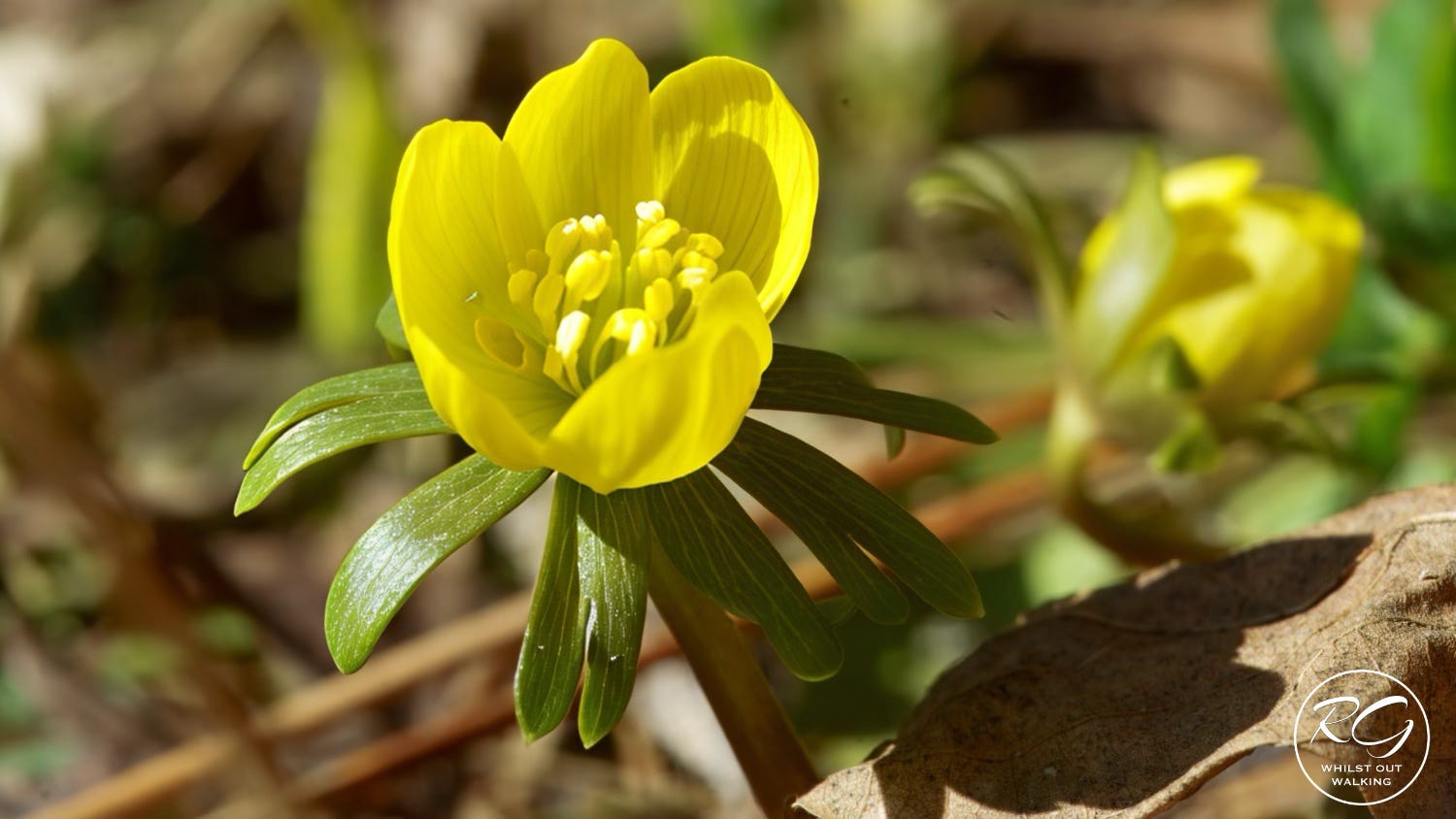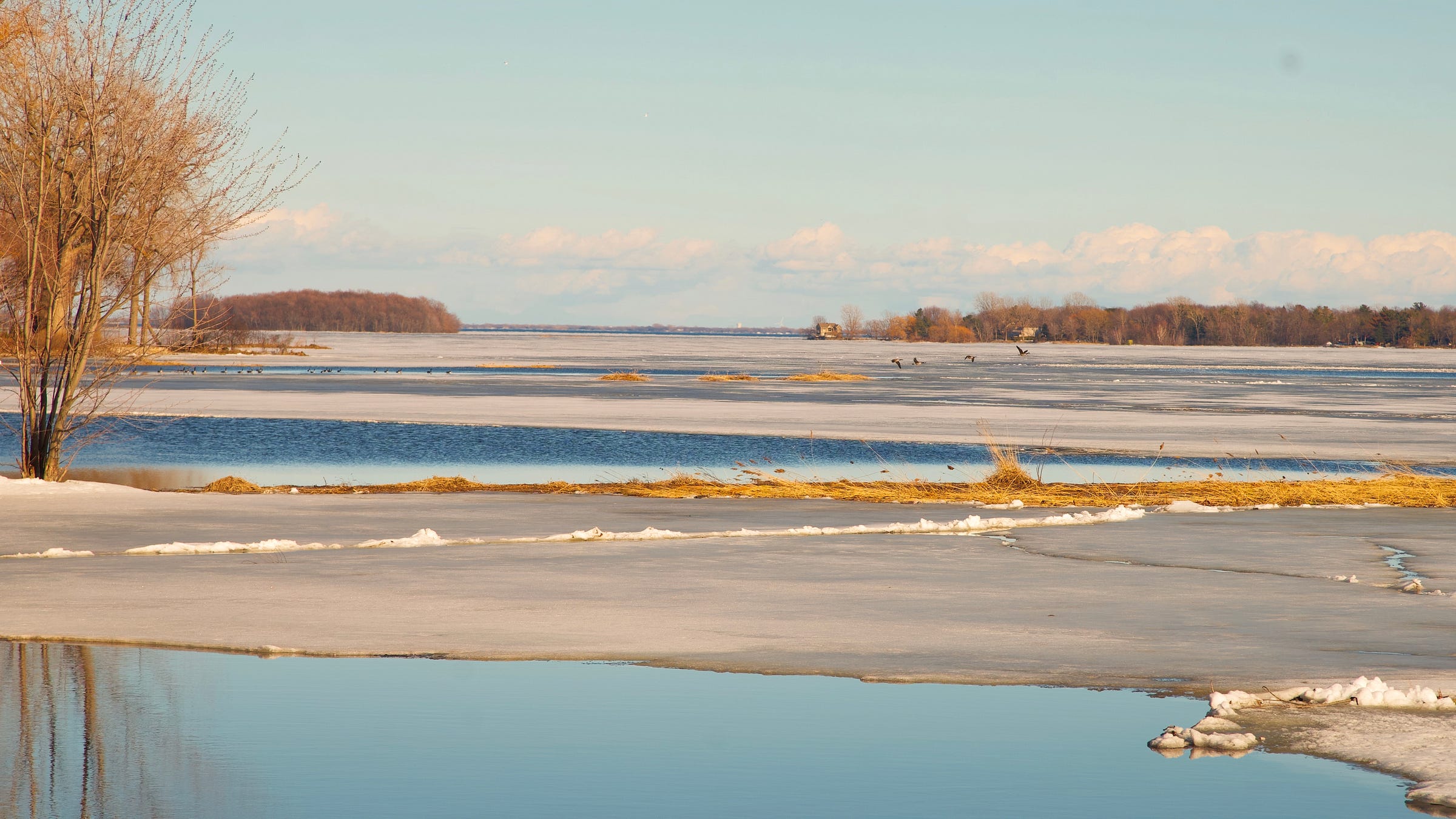The small clumps of snowdrops have been joined the tentative first sightings of just a couple of Winter Aconites (that’s the common name, in actuality they are Eranthis hyemalis. See below the photo for more information on the naming). Not native, but a welcome sign of changing seasons - these were donated to us by a neighbour last year and may take a few years to get fully established. Genuinely native flowers like to take a little longer before fully committing to emergence.
Common names can lead us stray. Historically, Eranthis was mistakenly classified under Aconitum and referred to as "winter wolf's bane," reflecting a superficial similarity to the more toxic Aconitum species. Despite this, Eranthis contains different toxic compounds, primarily cardiac glycosides, and is not as toxic as the true Aconitum. The name "winter aconite" has persisted as a common name, even though the plants are not closely related in terms of toxicity or use. This naming convention likely arose from the resemblance between the leaves of Eranthisand those of Aconitum species, as well as their common membership in the buttercup family, Ranunculaceae.
While, down the road …
The link from which I took this comment follows:
Science in the United States is under attack … All of this destruction can be blamed directly on the administration of President Trump and his supporters. Their attitude toward science seems to be that, if they don’t understand it, it shouldn’t exist. But more likely, they are just uneducated, uninterested, and insecure people who hate the fact that other people are smarter than them. And they are killing the golden goose … in order to use science, we need a shared understanding of the language of science. Unfortunately, we are not required to learn it in our educational institutions. You can, if you want, but it’s not a requirement







Indeed science is under attack down here. There is a persistent irrational thread in American thought. I remember when a Republican administration of years gone by was mandating that the Grand Canyon National Park visitor center's bookstore carry books on creation science. They couldn't abide the idea that the canyon could be older than the ancient bishop Usher's calculation of 4,000 years or so.